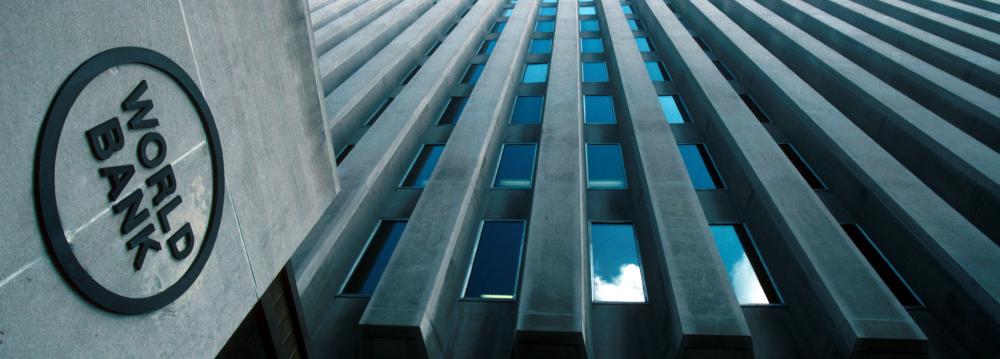The World Bank has downgraded its estimates and forecasts on Iran's economic growth.
In its latest Global Economic Prospects report published in June, it forecasts Iran's GDP to contract 4.5% in 2019 after having experienced an estimated -1.9% growth in 2018.
The above figures indicate a -0.9 and -0.4 percentage point difference compared to the World Bank's January report respectively.
Forecasts for 2020 and 2021 are at 0.9% and 1%, indicating a -0.2 and 0.1 percentage point difference compared to the World January report respectively.
"In Iran, the impact of US sanctions is projected to peak this year, with growth resuming in 2020," the report reads, adding that the sanctions are inhibiting investment.
According to the report, Iran’s inflation (year-on-year) has risen sharply from about 10% in mid-2018 to about 52% in April 2019, contributed by a depreciation of the rial in the parallel market of more than twofold compared to levels prior to the announcement of US sanctions in April 2018.
"Growth in Iran is expected to resume in 2020-21, albeit at weak rates, as the impact of US sanctions tapers and inflation stabilizes," the report went on to say, noting that further amplification of US-Iran tensions would pose risks for the region’s economies other than Iran.
The Statistical Center of Iran's latest report shows Iran's gross domestic product saw a contraction of -3.8 during the first three quarters of the last fiscal year (March 21-Dec. 2018) compared with the corresponding period of the year before.
Growth in Iran is expected to resume in 2020 at weak rates, as the impact of US sanctions tapers and inflation stabilizes
Economic growth, excluding oil production, stood at -1.9%.
A sectoral breakdown of growth rates in the report shows only the services sector experienced a 0.6% growth during the period.
Industrial and agricultural sectors contracted by 7.9% and 2.1% respectively.
The weak performance of the economy should be traced back to last year's reimposition of sanctions by the United States after US President Donald Trump unilaterally walked out of the nuclear deal Iran had signed with world powers, including the US, in July 2015.
The first round of renewed US sanctions reimposed on Aug. 7, 2018, prohibits Iran's purchase of US dollars and precious metals, part of a larger move that attempts to cut the country off from the international financial system. A second tranche of sanctions on Iran's oil and gas sector took effect on Nov. 4.
Oil, Iran's main source of revenue, has taken the brunt of sanctions.
The International Monetary Fund has forecast a deepening recession for Iran's economy this year, projecting real GDP growth of -6% in 2019 after a contraction of 3.9% the year before.
In its newly released "World Economic Outlook" report, IMF sees growth will come back at a meager rate of 0.2% in 2020 before increasing to 1.1% in 2024.
The IMF report came a few days after the World Bank downgraded Iran's economic growth estimates and forecasts in a new report that put the Islamic Republic's real GDP growth for 2018 at -1.6%.


